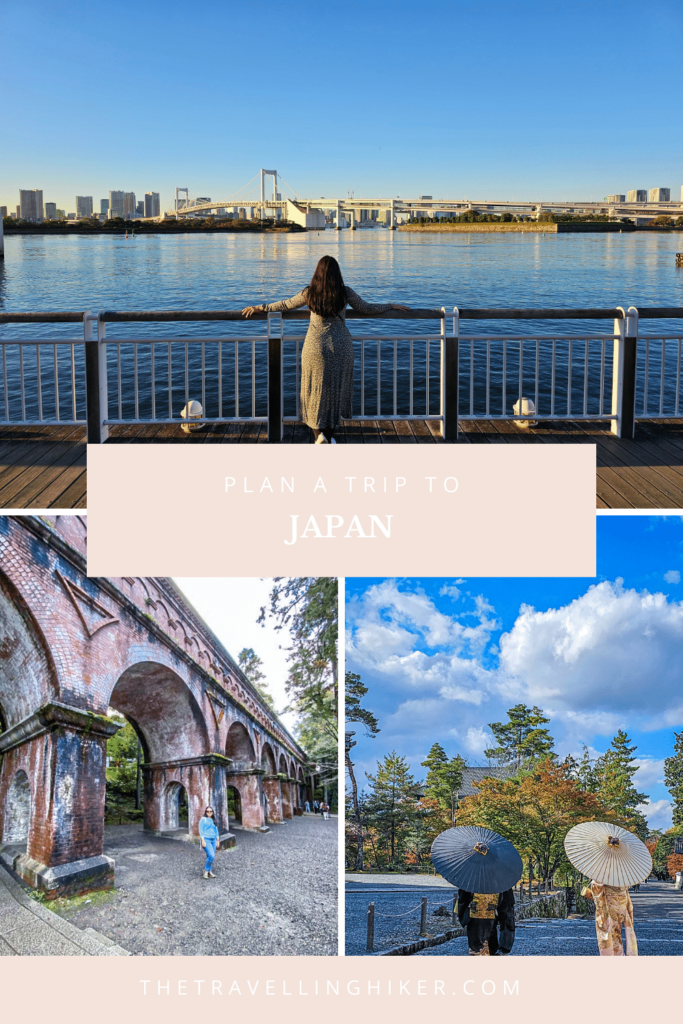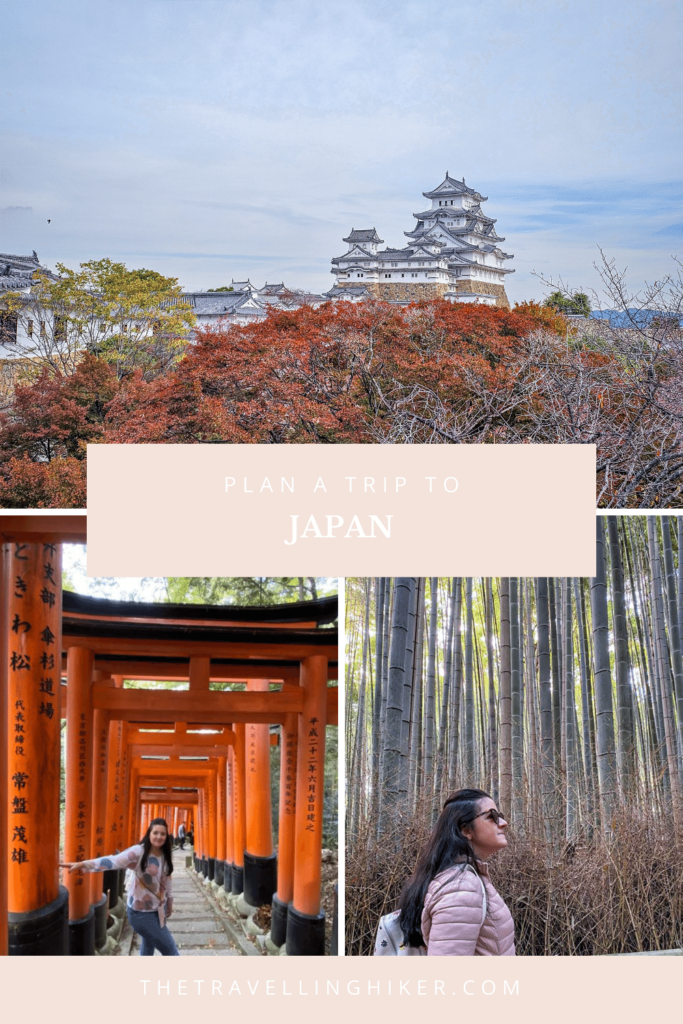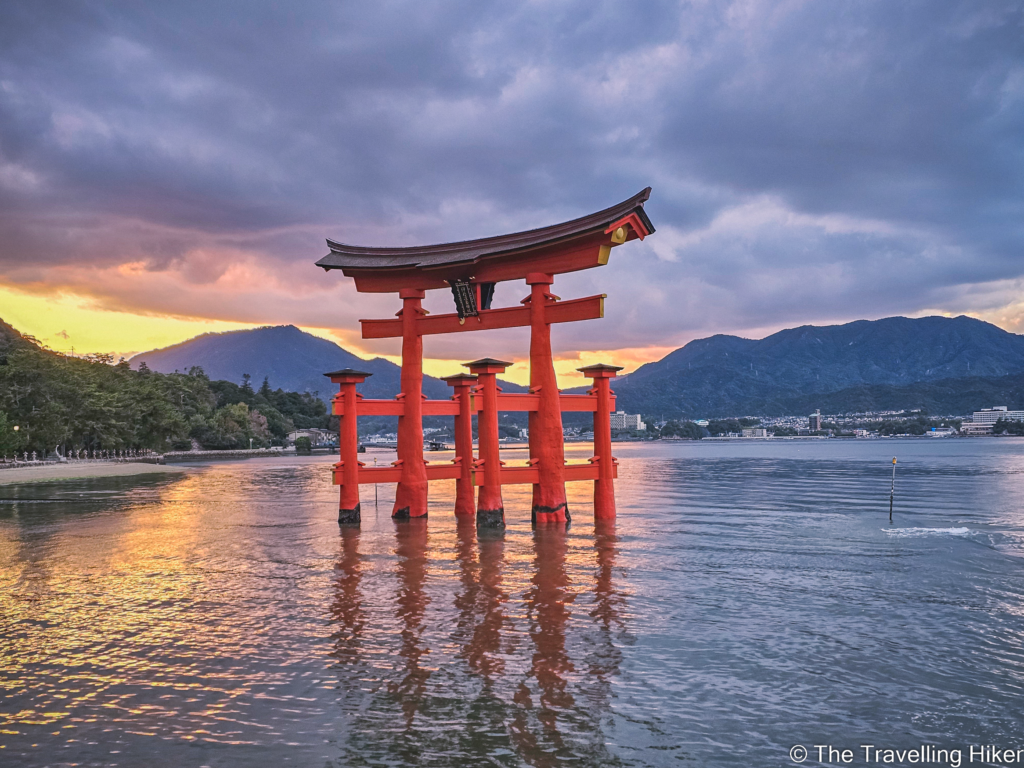Planning a trip to Japan can be a bit daunting, especially if this is your first time visiting the country. Trust me, I know the feeling. There are so many things to consider that it can be hard to know where to start. To help you, I have prepared this easy and comprehensible guide in which I will guide and help you plan a trip to Japan step by step.
Throughout this guide, I will share with you everything you need to know to make your trip as smooth as possible. No need to spend endless hours researching through the internet, I have done this job for you! All you will have to do is pack your bags and relax!
TABLE OF CONTENTS
STEP 1: DECIDE WHEN YOU WANT TO GO
To decide your travel dates, you will have to consider two main things: when is the best moment to go and how many days do you want to spend there.
When is the best moment to visit Japan?
Honestly, there is no bad moment to visit Japan. Every season will be so special and unique that no matter which time of the year you choose. Here is what you can expect from each season:
- Winter: During the winter months, the weather can get pretty cold in Japan and, you might even get some snow! All you have to do is wear some warm layers and you’re set to enjoy a fantastic time in Japan. In addition, since it is low season, most places will be a little less crowded and prices will not be as high.
- Spring: Spring in Japan is a synonym of Hanami, a cultural word used to describe the activity of flower viewing. During the spring months of March and April, the cherry blossoms (or Sakura in Japanese) all start to bloom and it is a very common activity among Japanese to go to the parks and enjoy this beautiful show of nature. On the low side of things, temperatures can still be a bit cold and it can get quite crowded.
- Summer: The summer months are the hottest and most humid months in Japan, so if you don’t deal well with really warm weather, you should avoid this season. In addition in late August and September, it is typhoon season. These don’t usually last long but it is something to consider. During the summer months, it is also festival season in Japan, which means many of the most famous temples and shrines will be really crowded. On the positive side, if you want to hike up to Mount Fuji, this is the only season in which it can be done.
- Autumn: During the autumn months, especially in November, the leaves in the trees will start to turn red and yellow, making all the parks and temples in the country become postcard material. This phenomenon is known as Momiji and it is also very popular among Japanese to do some tourism within their country to get to admire it. In addition, the weather is still relatively mild.

How many days do you need to visit Japan?
This question is tough to answer… There are so many things to do in Japan and beautiful places to discover that you could easily be there for three months or more.
However, being realistic, few people have the luxury of endless vacations. So realistically speaking, I would say, the ideal time for a first trip to Japan is between 2 to 3 weeks. In 2 weeks, you will be able to explore the most important places in Tokyo, Kyoto, and Osaka. If you manage to get a third week off work, then you can include some other interesting places such as the Japanese Alps, Hiroshima, and Miyajima.
STEP 2: BOOK YOUR FLIGHTS
Now that you know when and for how many days you’re visiting Japan, it is time to book your flights. However, before you do so, you should consider through which airport are you going to enter and leave Japan.
Japan's International Airports
Japan has four international airports, located in the three largest cities of the country. These are:
- Narita Airport (Tokyo): Narita is the biggest international airport in Japan and if you’re entering or leaving the country through Tokyo, most probably it’ll be through it. Narita Airport is located approximately 60km north-east of Tokyo.
- Haneda Airport (Tokyo): Haneda was for many years a domestic airport in Japan but in recent years, the number of international flights has increased. Given its proximity to Tokyo, it is the perfect airport to enter Japan if you’re starting your trip in Tokyo.
- Kansai Airport (Osaka): Kansai is the main airport in western Japan, located 40km southwest of Osaka. If you’re only planning to visit the southern part of Japan, then you should consider this airport.
- Chubu Airport (Nagoya): Chubu is located 30km south of Nagoya. Out of the four, this is the least used airport for foreign travelers since the city of Nagoya is not usually included in most Japan itineraries.
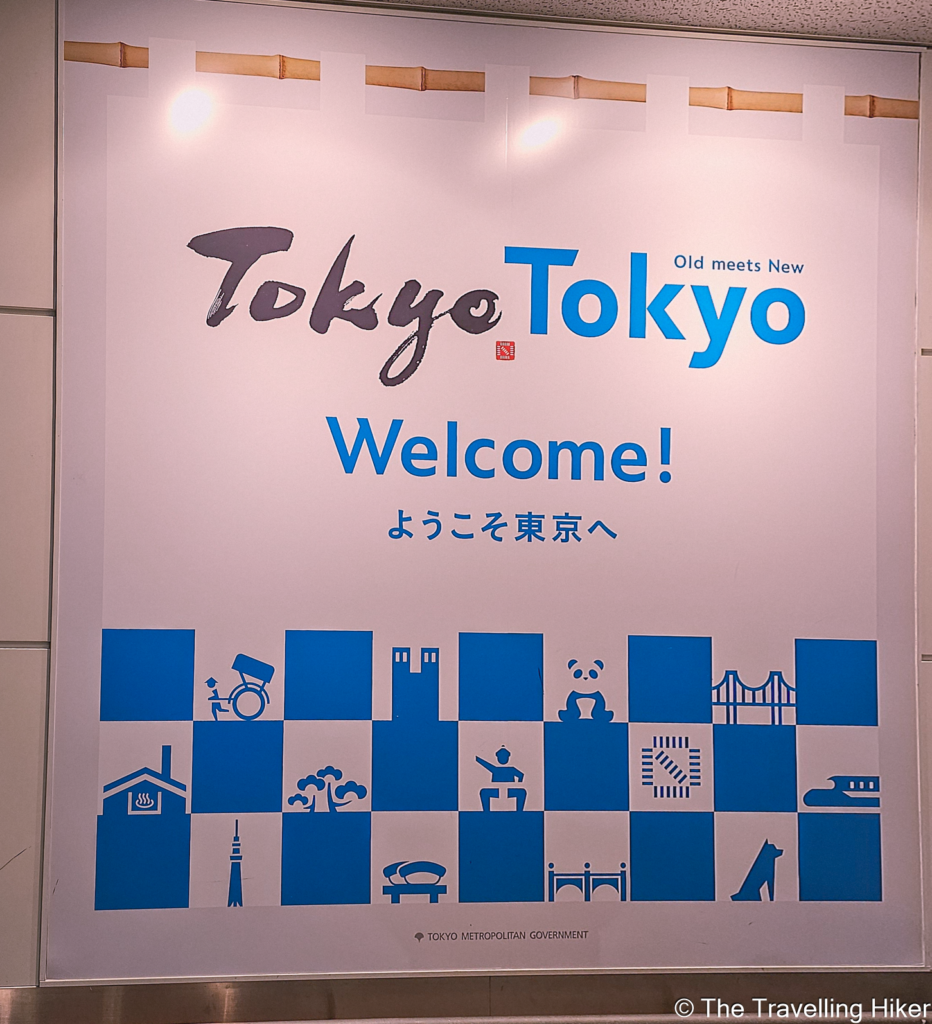
Which airport should you choose?
Well, the answer to this question is entirely up to you. There is no good or wrong answer here. The best option for me, might not be the one for you. Here are some things to consider when booking your flights.
- Choosing the same airport to fly to and from, will most probably be the cheapest option. However, unless you’re only staying near the Tokyo area or the Osaka/Kyoto area, this will not be the best way to optimize your time in Japan.
- If you plan to explore both Tokyo and Kyoto/Osaka during your trip and you want to use your time most efficiently, you should consider flying to Tokyo and leaving Japan from Osaka, or vice versa.
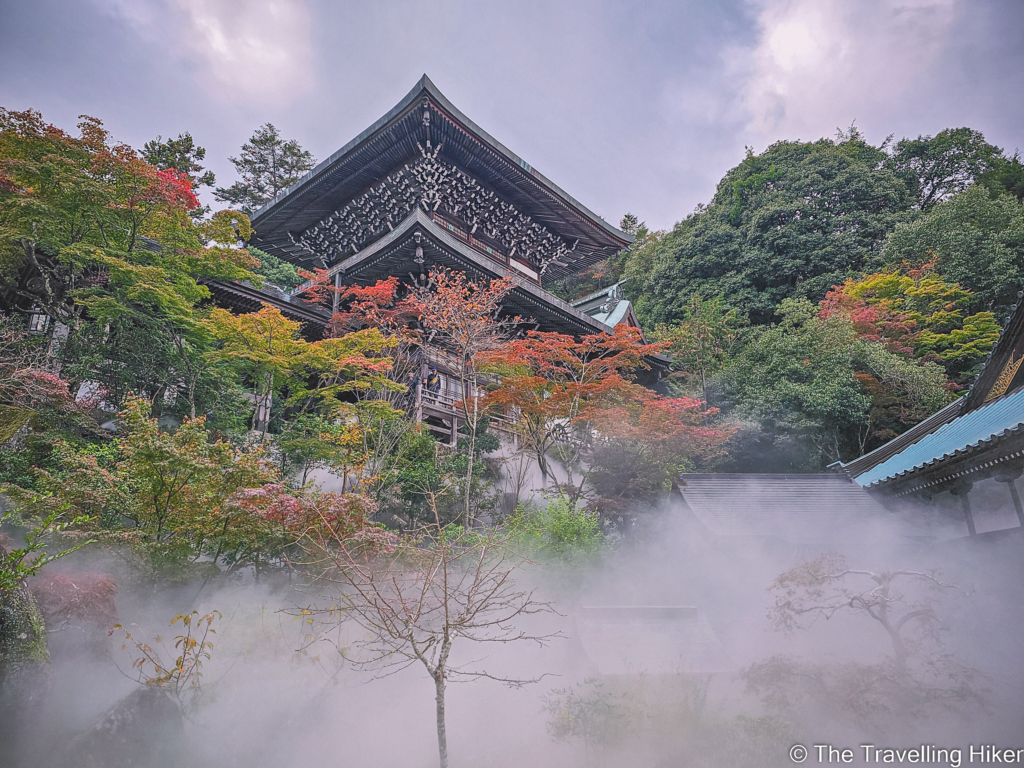
STEP 3: DOCUMENTATION NEEDED TO ENTER JAPAN
To enter Japan you will need your passport and potentially a Visa, depending on your country of origin. For residents of the European Union, there is a visa exemption so it is enough with your passport.
Make sure to check Japan’s Ministry of Foreign Affairs website to see whether you need a Visa or not.
What to do when landing in Japan?
Even if you don’t need a Visa to enter Japan, you will still have to go through immigration and customs once you land in Japan. To do so, you can choose between two options:
- You can fill in the immigration and customs paper that will be distributed during your flight to Japan.
- You can register your trip to Japan in advance at the Visit Japan Website and get two QR codes (one for immigration and one for customs) that you can show at the different checks.
STEP 4: GET SOME INSURANCE
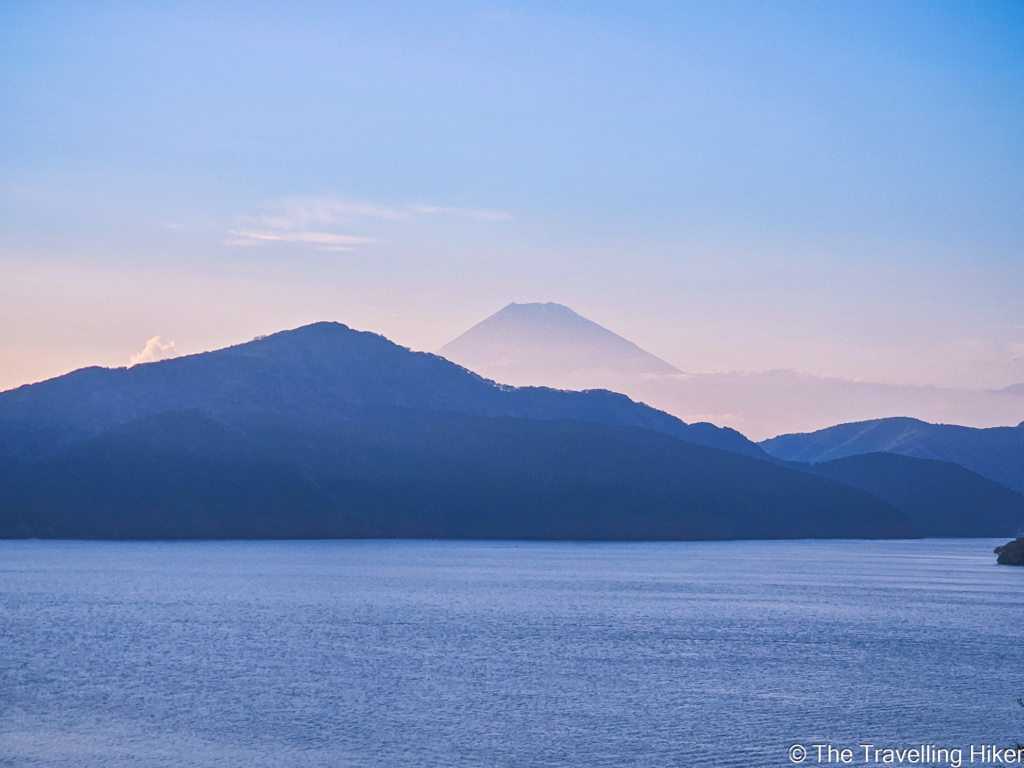
Now that you have your flights and Visa covered, it is time to consider getting some travel insurance.
Health care in Japan is really good but it is very expensive. Travel insurance will allow you to enjoy your vacation without having to worry about any surprise expenses.
Let’s be honest, most of the time your travel insurance will be left unused but trust me, if you need it you will be really thankful you got it. Since Covid, we have all become very aware of the many things that can happen when you travel: getting sick abroad, flights being canceled, your suitcase getting lost…
Bringing medicines with you
Japan is very restrictive about the medicines you bring into the country.
- Prescription medicines: It is only allowed to bring up to one month’s supply of prescription medicines.
- Non-prescription medicines: It is allowed to bring up to two month’s supply of non-prescription medicines and vitamins.
STEP 5: PLAN YOUR ITINERARY
It is time to plan your itinerary in Japan. This will depend on what you like to do and how many days you have. Do you like to be in nature? Or a you mostly a city person? There are so many places to visit and things to do in Japan that you will surely not be bored during your trip.
Here are some recommendations to help you plan your itinerary:
- If you only have a week in Japan and you don’t want to waste a lot of time with transportation, I suggest you choose either Tokyo or Osaka/Kyoto as a base. Of course, it is possible to visit both Tokyo and Kyoto in one week if that is what you want to do. I just prefer slow travel and visiting places in a more relaxed way. Also, even though the Shinkansen (bullet trains) are quite fast, you will still lose quite a lot of time in them.
- Both Tokyo and Kyoto have plenty of places to visit and you could easily spend over a week in both of them. If this is your first time visiting Japan, I suggest you stay a minimum of 3 full days in each of these cities.
- Don’t just stay in Tokyo and or Kyoto/Osaka. There are plenty of day trips that you can do from these cities.
- If you have the time, I recommend you include Hiroshima and Miyajima Island in your itinerary. Miyajima Island was my favorite.
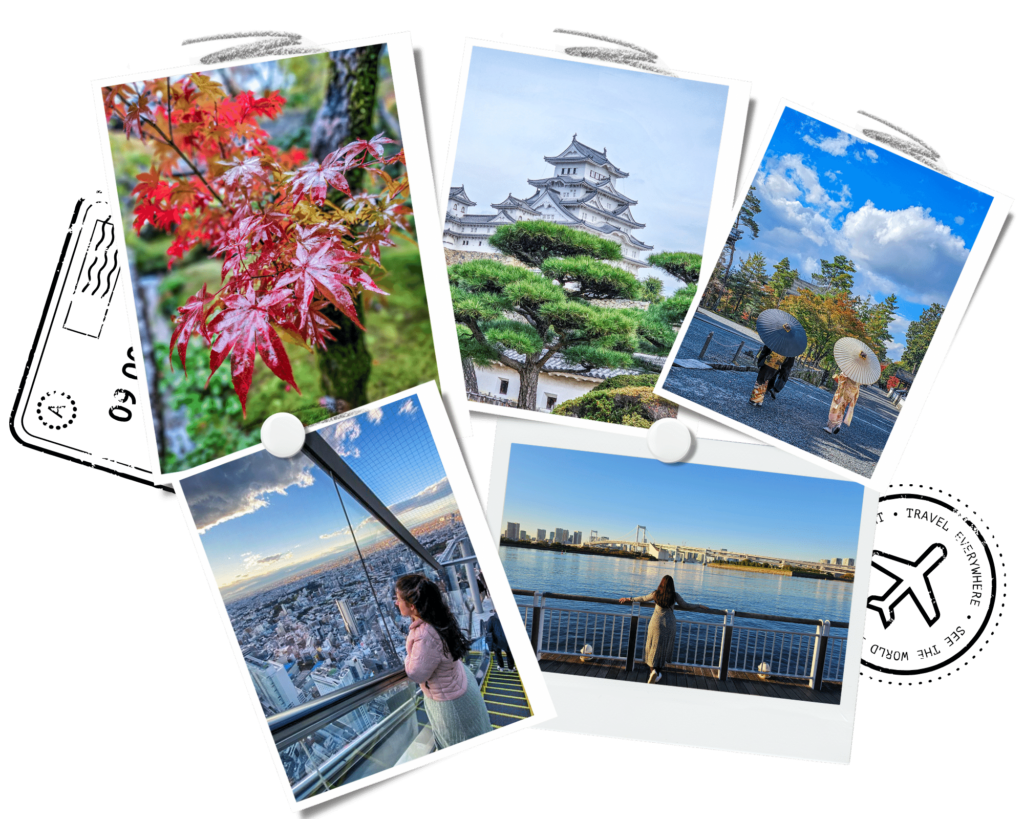
STEP 6: BOOK YOUR ACCOMMODATION
Now that you know which places in Japan you’re going to visit, it is time to book your accommodation. To do so, I always use Booking.com.
Japan is a very popular destination no matter the time of the year, so I always recommend that you book your hotels as soon as you can to get the best deals.
In Japan, there are many different accommodations that you can choose from depending on your budget.
- Hostels: If you’re low on budget and you don’t mind sharing a room, then hostels are very cheap accommodation in Japan.
- Capsule Hotels: These are quite typical of Japan and as their name suggests are just pods with a small bed where you can spend the night.
- Business Hotels: Business hotels are regular Western-style hotels.
- Ryokan: Ryokans are traditional-style hotels with Japanese-style bedding (futons).
- Shukubo (Temple Lodging): Yes, you read it right. In Japan, it is possible to spend the night at certain Buddhist temples. It is quite common to do so in Mount Koya.
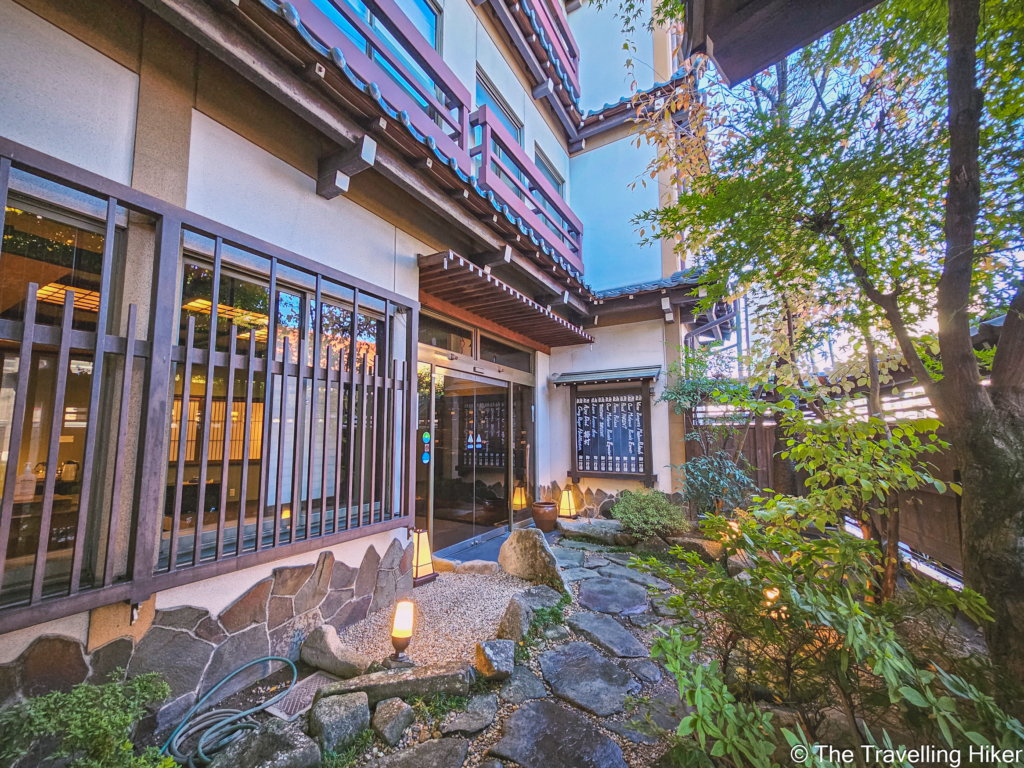
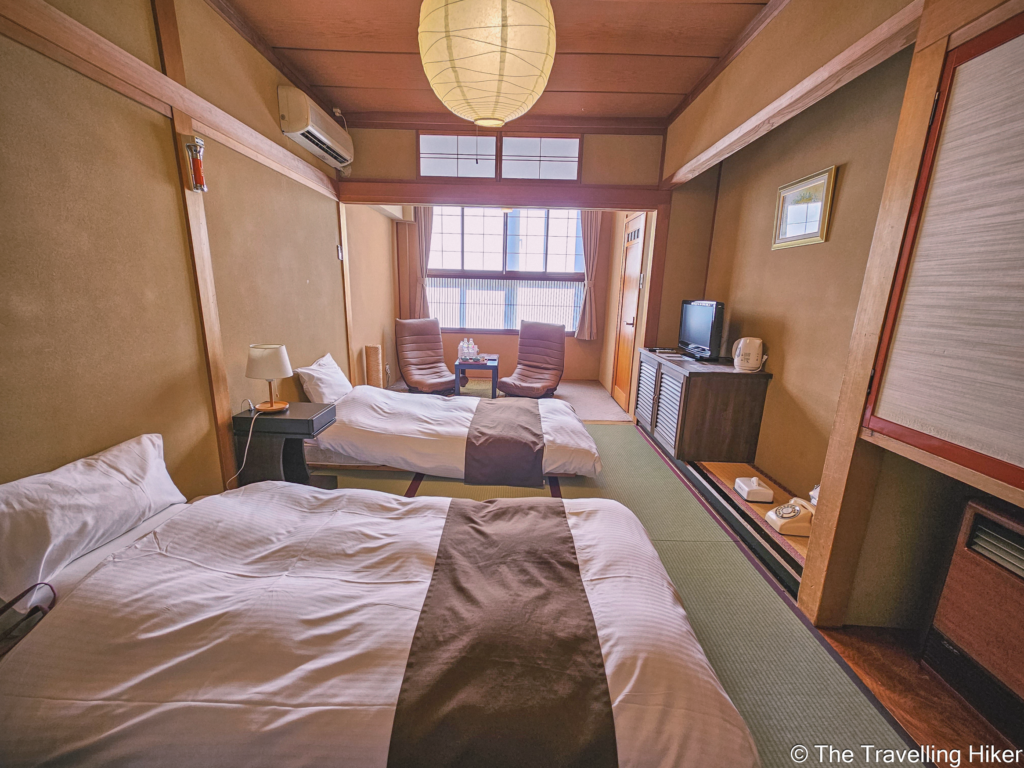
STEP 7: FIGURE OUT HOW TO MOVE AROUND JAPAN
Until October 2023, the answer to this question was very straightforward. The Japan Rail Pass. It was the best option to move around Japan for a very decent price. This pass allowed you unlimited rides on any train on the JR network during a period of 7, 14, or 21 days.
However, since October 2023, the price of the Japan Rail Pass has increased considerably. Now, the best way to move around Japan will depend on how many train rides you are going to do.
Is the Japan Rail Pass worth it for your trip?
This will depend on your mostly on your itinerary and the only way to figure it out is to do some basic calculations.
The current prices of the regular JR Pass are:
- 7 Day Pass: ¥50.000
- 14 Day Pass: ¥80.000
- 21 Day Pass: ¥100.000
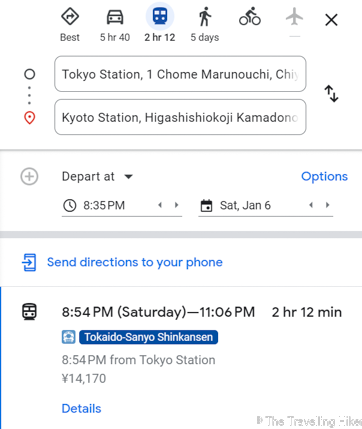
Extra Tip: If the price difference between the JR Pass and your separate train tickets is not very big, then I recommend getting it anyway. Having the JR Pass is very comfortable since it allows you a lot of flexibility to adapt your trip as needed during your stay.
What alternatives are there to the JR Pass?
So the JR Pass is not interesting for you. Do you have to buy separate tickets for each ride that you take? Well, not necessarily. There are plenty of regional passes available that could also be interesting such as:
- Hakone Kamakura Pass: If you’re planning to do a couple of day trips to these areas, this pass could be interesting.
- Fuji Hakone Pass: You’re only interested in seeing Mount Fuji so you are planning a trip to Hakone and the Five Lakes region.
- JR Tokyo Wide Pass: Going to be doing a lot of day trips around Tokyo? Then this could be a decent alternative.
- JR Kansai Area Pass: The same applies to the area near Osaka and Kyoto. If you’re going to explore the Kansai region, this pass could be for you.
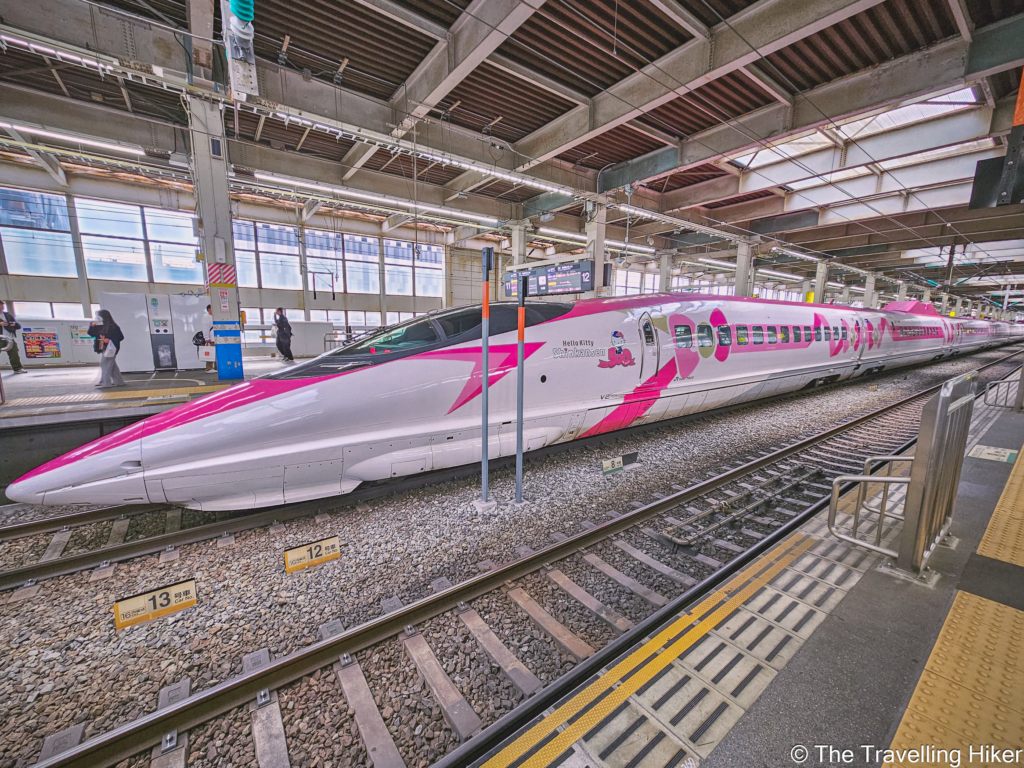
STEP 8: GET AN IC CARD
Now that you’ve figured out how you will move around the country, it is time to figure out how to use public transport.
The best way to use public transport is by getting an IC Card. This is a rechargeable prepaid travel card that can be charged with money for any public transportation in Japan (train, metro, buses, ferries, cable cars, etc.). But it doesn’t stop there, it can also be used to pay in convenience stores (also known as “combini” in Japan), vending machines, and restaurants.
The most famous IC Cards are the SUICA and PASMO cards, but there are many others. I didn’t use any of these cards during my trip to Japan. I used a TOICA card and I had no issue with them at all.
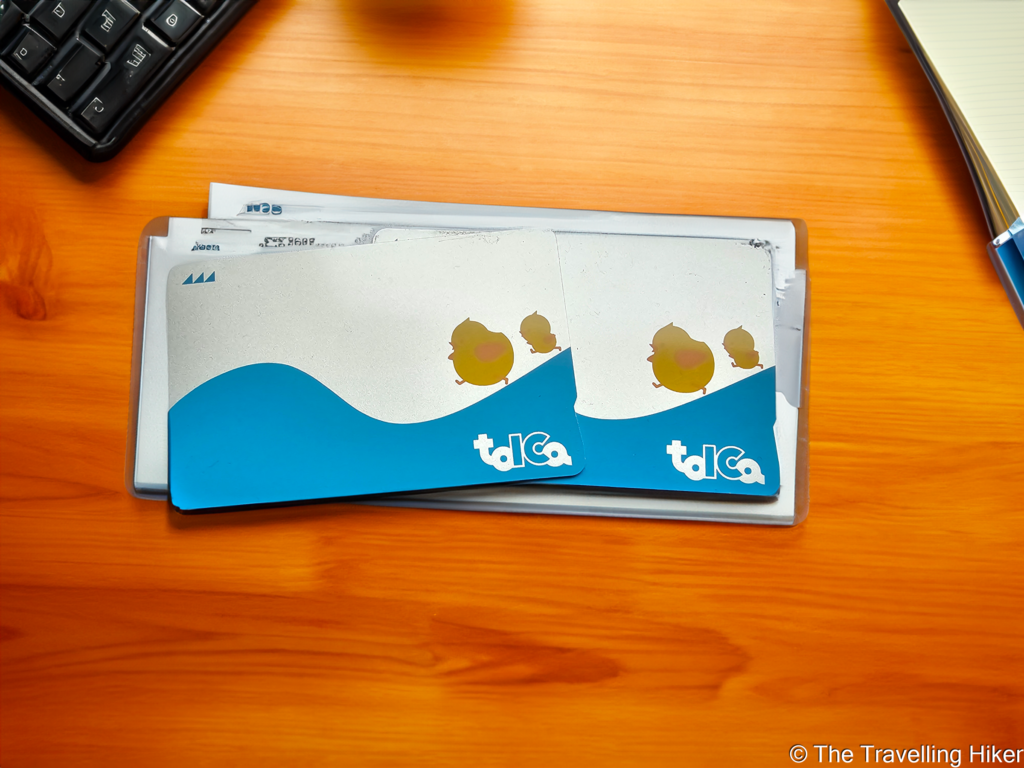
Since there is a shortage of IC chips, the SUICA and PASMO cards are suspended until further notice. Tourists visiting Japan can get a short-term equivalent (only working for 4 weeks): Welcome Suica and Pasmo Passport.
These cards can only be bought once you are in Japan, but you should definitely consider getting one as soon as you land in the country. They will make your life so much easier.
- The Welcome Suica can only be purchased at Haneda Airport.
- The Pasmo Passport can be purchased at different locations throughout the Tokyo region.
If you are an iPhone user, it is possible to get a digital version of the SUICA card on your phone.
STEP 9: INTERNET AND DATA CONNECTION IN JAPAN
Having internet access in Japan will be very handy during your trip. It will be a lifesaver when to get directions to the places you want to visit and to help you translate Japanese. Even though there is a high amount of tourists in Japan, many signs and restaurant menus are still in Japanese, so having internet access will make your life so much easier.
There are several options that you can choose from:
- Local Wifi: This is the most unreliable option since it is not guaranteed that you will have internet access when you actually need it.
- Pocket Wifi: Many tourists opt to rent a portable pocket wifi, to carry around during their stay in Japan.
- eSIM: If your mobile phone allows you to have an eSim, this is the best option to choose. You can activate it directly as soon as you land and enjoy an internet connection throughout your stay. I used Airalo during my stay in Japan and it worked perfectly.
STEP 10: BOOK YOUR TICKETS AND MAKE RESTAURANT RESERVATIONS
Japan is a very popular country and it is visited by many tourists each year. If you are sure that you want to do a very specific activity, I recommend that you book your tickets as soon as possible.
You don’t have to worry about temples and places like this. However, many popular places like for example Shibuya Sky or Teamlab exhibitions sell out quite fast.
The same applies to restaurants, especially the super famous ones on social networks. You will be really thankful when you can skip an hour of waiting in line because you planned ahead of time. Unfortunately, not all restaurants accept reservations and in some of them, you will have to wait. However, if you can, definitely go for it.
Another interesting thing to book in advance is Shinkansen train tickets. If you have a JR Pass it is possible to reserve your seats on the train. Shinkansen trains have two types of cars, reserved and non-reserved seat cars. Of course, with your JR Pass you can always use the non-reserved cars but it is not guaranteed that there will be an available seat.
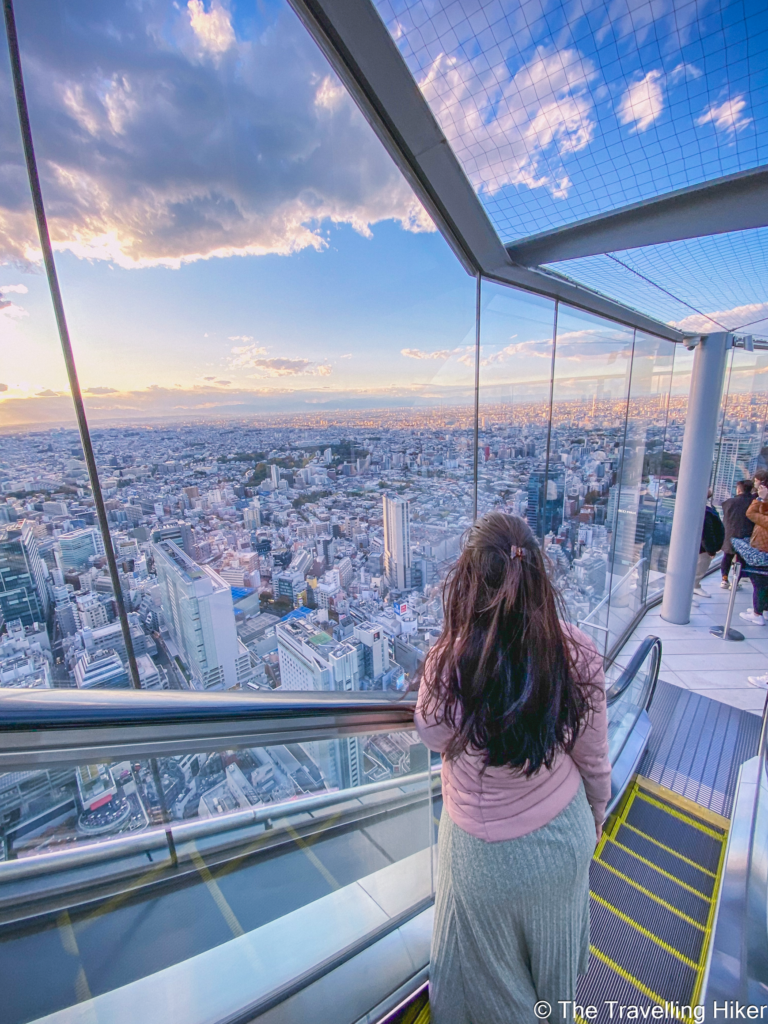
STEP 11: PRACTICAL INFORMATION ABOUT JAPAN
Another important thing to consider if you want to plan a trip to Japan on your own is to research some practical information and tips to consider about the country you are visiting.
Language
Japanese is the official language in Japan and unfortunately, not too many locals speak English. Depending on where you are visiting, it is possible that you have to ask a question to someone who doesn’t speak English, or the menu at your restaurant might not be in English.
Don’t panic! Japanese people are so nice that even if they can’t speak English, they will do their best to help you. In addition, this is where having mobile data comes in handy. Google translate will be your best friend while in Japan.
Currency, Cash and Credit Cards
The currency in Japan is the Japanese Yen.
In recent years, it is become more common to be able to pay with your credit card in Japan. However, there are still many places in Japan (for example many temples and shrines) in which they only accept cash. Because of this, it is highly recommended that you always have cash available with you.
My recommendation is that you change money at the airport as soon as you arrive since this is where we found the best conversion rate. However, if you don’t want to carry large amounts of cash with you, it is always possible to withdraw money from the ATMs in the 7-Eleven.
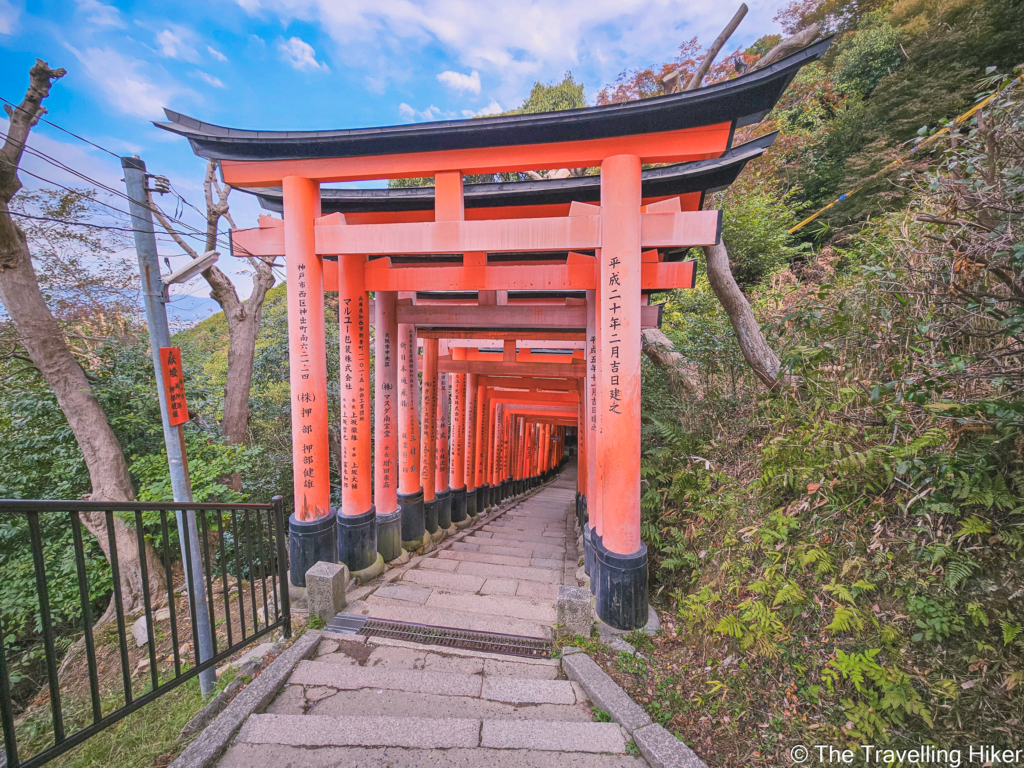
Safety in Japan
Japan is one of the safest countries in the world. However, in certain popular nightlife neighborhoods in Tokyo (Roppongi and Kabukicho) there is some pickpocketing activity. If you plan on visiting these places at night, it is recommended to leave your valuables at home and take only the absolutely necessary.
Natural Catastrophes
Japan is located in a region where earthquakes are frequent and on some occasions these can cause tsunamis. If any of these were to happen during your stay in Japan, follow the local authorities’ instructions.
The App Safety Tips Japan has been created by the local authorities to inform tourists in English about potential earthquakes and tsunamis. This app is available both on Android and IOS.
Electricity
Japan uses a type A plug and operates on 100 V. Make sure to bring your travel adaptor to Japan.
Driving in Japan
Driving in Japan is done on the left-hand side of the road.
In case you want to rent a car in Japan, you will need to have an international driving license.
Good to know: You will also need an international driving license if you want to do the Mario Kart Tour in Tokyo.
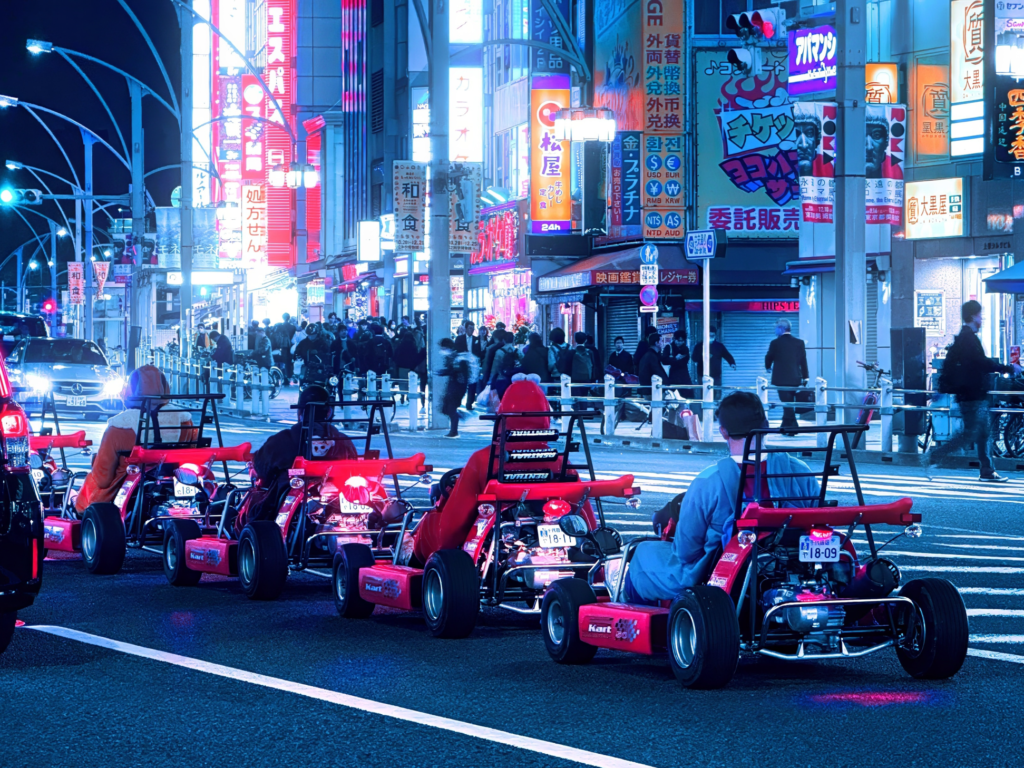
STEP 12: PACK YOUR SUITCASE
You’re almost ready to go to Japan, all you have left to do is pack your suitcase. Here are some tips to consider when packing for Japan.
- Bring comfortable shoes. I can’t highlight these enough. You are going to be doing over 20.000 steps per day.
- Pack light. You will end up buying many things in Japan so better leave as much space as possible in your suitcase.
- Don’t pack many toiletries. Most business hotels offer many toiletry amenities for free, including toothbrushes, face products, and much more. Unless you need to use something very specific, avoid bringing them and have fun testing all the free stuff at the hotels.
- Don’t forget your travel adaptor for electricity.
- Consider bringing a small wallet, specifically for 100 yen coins.
HAVE FUN!
You’re all set and ready to have the most amazing time in Japan!
And that’s it for my blog about how to plan a trip to Japan on your own. I hope you liked it and found it useful. Let me know what you think in the comments!
DISCLAIMER: Did you know? This blog uses affiliate partnerships. When you click and book or make a purchase through one of my blog posts, I may receive a small commission (at no extra cost to you). Thank you for supporting The Travelling Hiker!
OTHER ARTICLES ABOUT JAPAN
- PLAN A TRIP TO JAPAN ON YOUR OWN
- THE BEST GUIDE TO TOKYO’S NEIGHBORHOODS
- THINGS TO DO IN ASAKUSA
- THINGS TO DO IN CHIYODA
- BEST THINGS TO DO IN ODAIBA ISLAND
- 3 AMAZING DAY TRIPS FROM TOKYO
- HOW TO SPEND A DAY IN HAKONE: BEST THINGS TO DO
- A DAY TRIP TO NIKKO FROM TOKYO
- A DAY TRIP TO KAMAKURA FROM TOKYO
- THE 11 BEST THINGS TO DO IN TAKAYAMA
- THE PERFECT DAY TRIP TO SHIRAKAWA-GO
- THE ULTIMATE HIROSHIMA TRAVEL GUIDE
- MIYAJIMA ISLAND – THE BEST THINGS TO DO
- A DAY TRIP TO HIMEJI AND KOBE
- 3 DAYS IN KYOTO ITINERARY
- A DAY TRIP TO NARA AND OSAKA
- 4 DAYS IN TOKYO – THE BEST ITINERARY
- THE BEST THINGS TO DO IN SHIBUYA, TOKYO
- THE BEST THINGS TO DO IN MINATO, TOKYO
- THE BEST THINGS TO DO IN SHINJUKU, TOKYO
- 20 DAYS IN JAPAN – ITINERARY FOR FIRST TIME VISITORS
ENJOYED THIS GUIDE? PIN IT FOR LATER!
